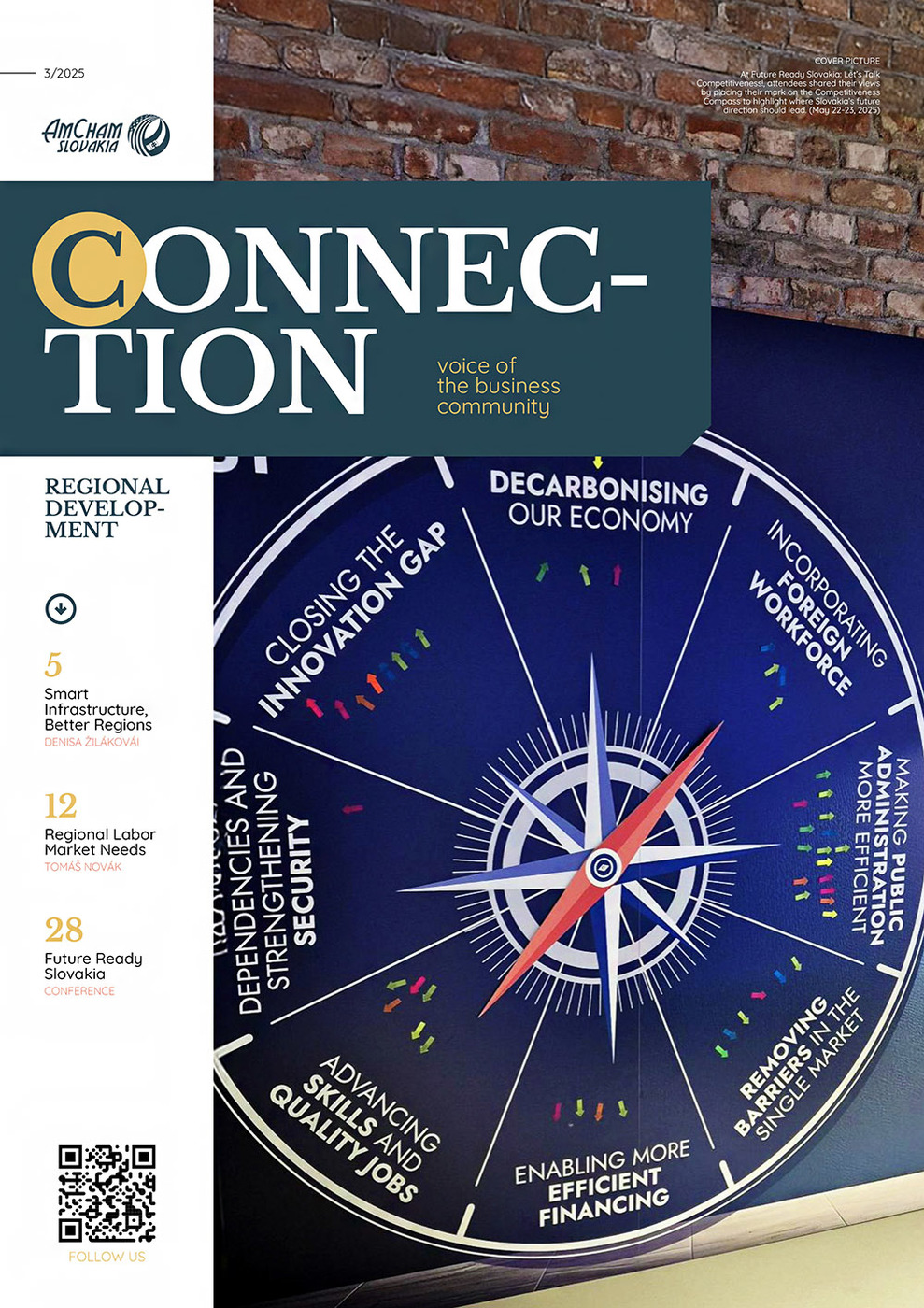BRANDING A REGION ≠ BRANDING A PRODUCT
At first glance, regional branding may resemble product branding. In reality, the two are fundamentally different. Product branding is transactional and controlled; a company defines its identity, shapes its message, and targets specific consumer behavior.
City or region branding is more complex, co-created, and long-term. It’s shaped by infrastructure, governance, public services, and word of mouth, not just promotional materials. No amount of visual identity will convince someone to invest in or relocate to a region that feels inaccessible or dysfunctional. Regional branding is less about storytelling and more about managing reputation, aligning a region’s message with lived experience.
Great Design Alone Can’t Compete
If regional branding were based on visuals alone, Slovakia, like much of Central and Eastern Europe, would often lose to places like Valencia or Madeira. But branding is not a beauty contest. Strong regional identity doesn’t require better photography or a modern logo. It requires credibility.
What matters most is functionality. Is the airport accessible? Are the services English-friendly? Is business frictionless? A good brand doesn’t just look appealing; it performs. Visitors and investors are persuaded not by surface design, but by signs of a well-functioning region.
 The Identity You Feel vs. the Identity You Use
The Identity You Feel vs. the Identity You Use
A useful distinction in regional branding is between emotional and practical identity.
- Emotional identity is what people feel: culture, creativity, and atmosphere.
- Practical identity is what people can do: relocate, connect, access services, and find opportunities.
Effective branding must deliver both. Sentiment won’t attract international professionals if services are limited or the job market is unclear. And economic statistics alone won’t inspire pride among locals. Real branding happens when emotional and practical identities merge into a cohesive lived experience.
One Region, Many Voices, Too Many Messages
A major challenge in Eastern Slovakia is fragmented communication. Dozens of institutions (tourism boards, municipalities, universities, innovation hubs) run campaigns independently, often resulting in a disjointed narrative.
Competing logos, tones of voice, and messages create confusion. Branding rewards clarity and consistency over originality. Rather than one central campaign, the region needs a shared brand manual, a unified framework of what to say, how to say it, and who should say it.
Is Your City or Region Branding-Ready?
A regional brand is built not on words, but on behavior. That’s why branding is not about slogans. It’s about reliability over time. For Eastern Slovakia, that means demonstrating, not just declaring, that it:
- Has accessible infrastructure (e.g. Košice Airport),
- Supports innovation (startups, universities),
- Welcomes outsiders (bilingual services),
- Retains talent and grows business (successful SMEs).
These are credentials, not marketing claims. A good brand manual doesn’t define colors, it defines priorities and tone. It helps local ambassadors, marketers, and institutions communicate a consistent message based on truth.
Before launching the next campaign, ask yourself: Does your place deliver on the basics?
- Can you name your city’s slogan and logo colors without looking?
- If a tourist asked what to see in one day, could you answer within 60 seconds?
- If a foreign professional moving for a tech job needed help, would you know who to direct them to?
- Where do local communities gather? Do you know, or would you have to look it up?
- Is it easy to reach local representatives? Does your voice matter when decisions are made?
- What’s the first impression from key arrival points (highway, station, airport)? Is the city accessible and inviting?
- Does your city have a clear vision? Can you name one meaningful change expected in the coming years?
If the answers aren’t obvious, it’s not a branding problem; it’s a coordination and communication problem. Start there.
Talk Less. Do More. Communicate That.
Regions often fall into the trap of talking more than acting. In branding, action outweighs promotion. If transport doesn’t work, fix it, then talk about it. If services improve, highlight the impact, not just the plan.
Some regions in Slovakia are improving infrastructure and experience, but the perception hasn’t caught up. That’s a communication gap. In other cases, the image is too ambitious and reality lags. That’s a behavioral gap. Either way, the solution isn’t more branding, it’s better alignment between what’s done and what’s said.
Conclusion
Eastern Slovakia doesn’t need a rebrand. It needs alignment between reality, reputation, and communication. Regional branding isn’t a project or a campaign, but a long-term, shared commitment. Every airport route, every local business, every visitor experience contributes to how the region is perceived. When words and actions move together, branding becomes believable and, most importantly, powerful.
Viktória Margitová, Senior Consultant, Promiseo



Follow us